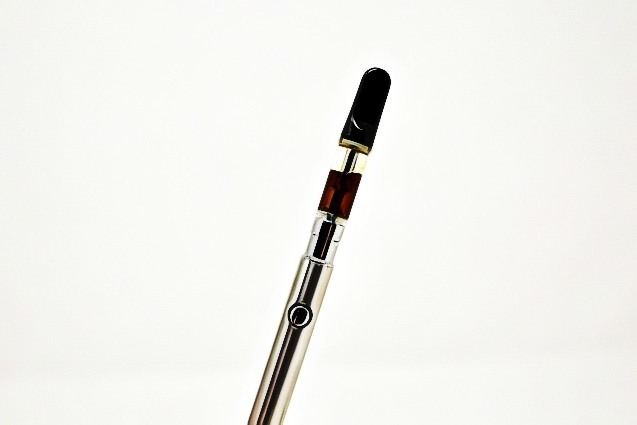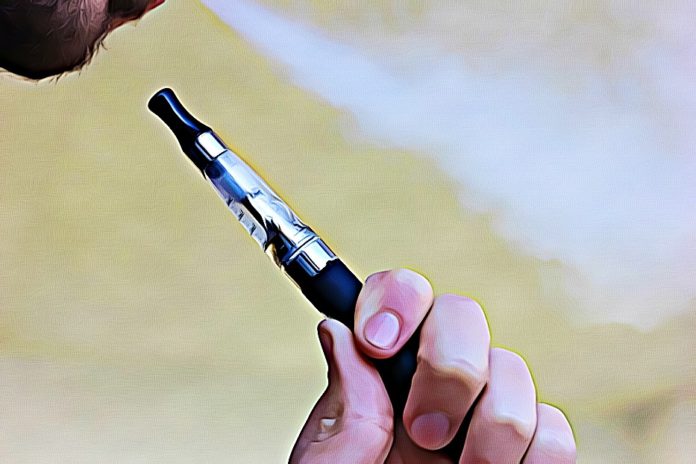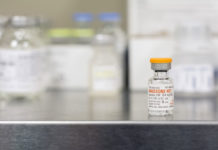What Is Delta-8 THC?
You might be wary of getting delta-8 CBD because you don’t know how it is different from “regular” cannabis. Understanding the difference between delta-8-THC and delta-9-THC involves going back to your high school chemistry lessons. In particular, you need first to remember how minor chemical changes to a compound creates an entirely different compound.
For example, take the air around us. Humans breathe in O2 or molecular oxygen, consisting of two oxygen molecules fused through a covalent bond. If you add one more oxygen molecule to it, you will have O3 or ozone. It is a highly reactive pollutant that could cause health complications when you breathe it in.

The difference between D8 and D9, though, is not as drastic. Delta-9 is more psychoactive and intense than D8, which is only present in trace amounts in cannabis plants. To use D8 properly, you need to isolate this compound correctly. The “8” in delta-8 stands for the chemical bonds’ placement. The structure is only one step removed from how delta-9 looks like, yet this change brings critical differences.
Also, cannabis and hemp plants produce small amounts of delta-8 CBD. As such, it is rarer than delta-9. You can derive either type through unique extraction and processing methods, though, or by breeding a special type of cannabis plant.
Does THC Show Up on a Drug Test?
When people talk about THC, they usually refer to delta-9-THC, the main form you find in cannabis. Delta-8-THC is an analog of delta-9; it is a molecule with a similar structure but distinct variations. It tends to be a less potent drug in terms of psychotropic properties. Despite this lowered potency, there are still drug tests that can detect this kind of THC in the body.
On the package for this kind of drug test, you can read: “Marijuana metabolite / 11-nor-Δ8-THC-9-COOH, 11-nor-9-carboxy-delta-8-Tetrahydrocannabinol, 11-nor-delta-8-Tetrahydrocannabinol-9-carboxylic acid, delta(8)-Tetrahydrocannabinol-11-oic acid, delta(6)-Tetrahydrocannabinol-7-oic acid can be detected at 30ng/mL cutoff.” In contrast, tests detect delta-9-THC at 50ng/mL.
People who use cannabis occasionally might be concerned that the THC they consume would show in standard urine tests. When it comes to cannabis, standard tests detect use from one to 45 days. Typically, occasional users become clean after one to five days, and regular users will need one to three weeks. Meanwhile, heavy and daily users will take four to six weeks.
THC, which is short for tetrahydrocannabinol, is one of the 113 cannabinoids in cannabis. The Bulgarian-born chemist Raphael Mechoulam first detected THC in Israel in 1964. Researchers found that smoking tetrahydrocannabinol absorbs it into the bloodstream and enables the compound to travel to the brain. Here, it attaches itself to the endocannabinoid receptors located in the basal ganglia, cerebellum, and cerebral cortex. These parts of the brain are responsible for many activities, including memory, thinking, coordination, movement, and pleasure.
Standard urine tests do not screen for THC. Instead, they detect the metabolites that the human body creates after it is exposed to THC. Known as THC-COOH, this class of metabolites indicates a person’s exposure, not their impairment from the drug. No test can detect marijuana impairment. Here are a few more things you should know about how testing for THC works.
The Different Types of Delta-8-THC Products Available
There are different types of products available. Consumers can access this substance through distillate syringes and cartridges, oil and regular vape cartridges, and delta-8-THC tinctures or oils. There are also delta 8 gummies, beverages, and concentrates available.
Is Delta-8 THC Legal to Consume?
This type of THC derives from marijuana. As such, it is federally illegal, since this plant is considered a banned, controlled substance. Technically speaking, though, there are types that are legal for consumption. It is not illegal, for instance, to consume the hemp-derived variant of it. However, hemp contains only trace amounts of THC, making it near impossible to create d8 products out of only hemp.

Most d8 products get their THC by converting CBD into delta-8. Because of this process, the DEA lists delta-8 in the illicit category. In its interim final rule published on August 21, 2020, the DEA said: “All synthetically derived tetrahydrocannabinols remain schedule I controlled substances.”
Does Delta 8 THC Get You High?
Some consumers may experience some psychoactive side effects of using products with delta-8-THC. These effects might be markedly less than what one might experience from delta-9 products, though. One way to think about the difference would be to consider delta-8 as a “Diet Coke” version of delta-9. It has all the benefits and effects but is toned down several steps. Like delta-9, it stimulates appetite and produces feelings of euphoria. It can relax or energize the consumer depending on the cannabinoid profile or the terpenes in the product. It also induces headiness and psychoactive sensations.
Delta-8’s impact on the body, though, is less intense than delta-9’s. Even with experienced users, the effect is toned down. As such, the potential adverse side effects are also reduced.
Comparing Delta-8 and Delta-9 THC
Though research into cannabinoids has progressed significantly in the past few years, we still do not know a lot about it. Researchers still need more data into all the discrete types of cannabinoids and their effects on the body. For instance, until scientists thoroughly study all cannabinoids, science will keep assuming that delta-9 and delta-8-THC are the only compounds in marijuana that produce all of cannabis’ psychoactive effects. Since delta-9-THC is more abundant than delta-8, researchers largely attribute cannabis’ psychoactivity to delta-9.
Today, though, there is a particular interest in delta-8, specifically its potential to be an alternative to delta-9. Since it produces a gentle, less intense high, it could be more manageable than products that primarily contain delta-9-THC.
Besides, the two types of THC activate different parts of the endocannabinoid system. Delta-9-THC only activates CB1 receptors. However, it activates both CB1 and CB2 variants. If both receptors are involved, it produces homeostasis, the body’s “neutral,” natural resting state. In homeostasis, the body is neither in flight or fight mode, and it is at its most relaxed state.
Since it does not have strong psychoactive effects, medical professionals can treat a broader range of cancer patients with it. It does not induce heightened emotions, unlike delta-9, which is better at combating lack of appetite. Also, delta-8 has fewer adverse psychotropic effects. As such, you get the benefits of CBD minus the high.
Furthermore, it is legal in states where hemp-derived CBD or marijuana is legal for medical or recreational use. These products are in a regulatory grey area as they can be derived from CBD with zero delta-9-THC. If there are traces of delta-9-THC, it should be below the federal government’s regulatory level of 0.3 percent.
Conclusion
Many researchers consider it to be the milder version of delta-9. It produces homeostasis in the body and results in fewer adverse effects, at least compared to delta-9-THC. However, it is currently in a regulatory “gray area” in the United States, as it requires synthetically altering CBD into delta-8-THC. Still, the emergence of studies into the various constituent parts of marijuana proves that scientists have only begun to scratch the surface about this product. More studies should uncover ways of reaping the benefits of THC without having to account for the negative consequences.
Sources:
















